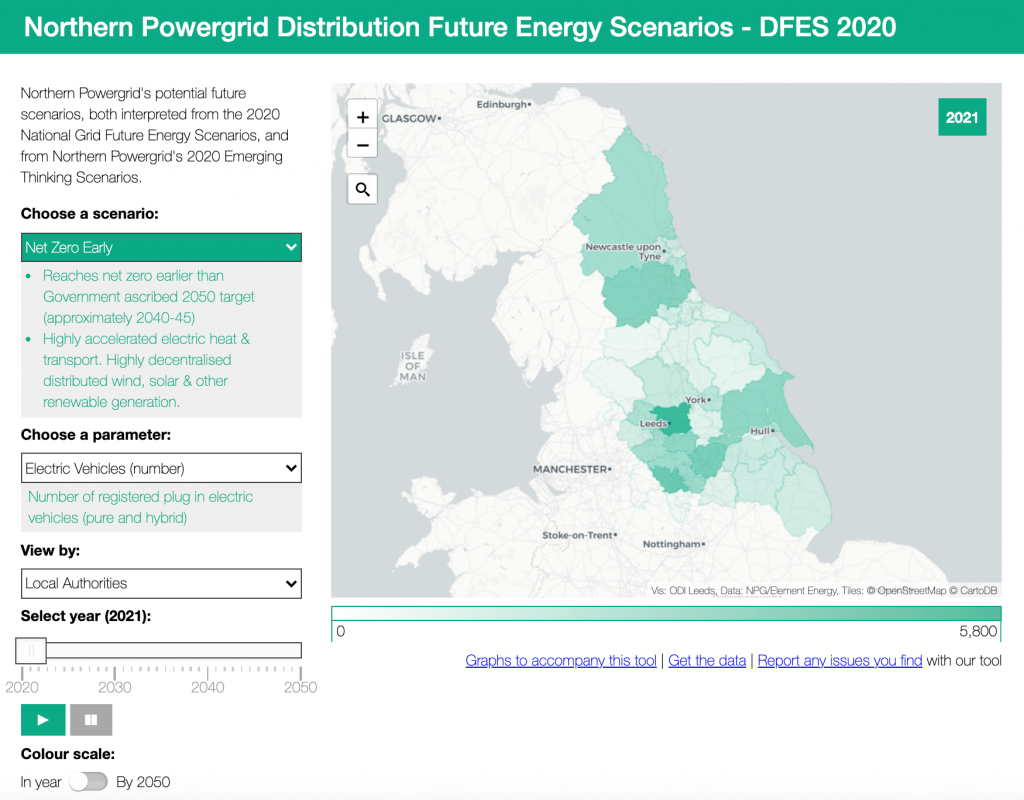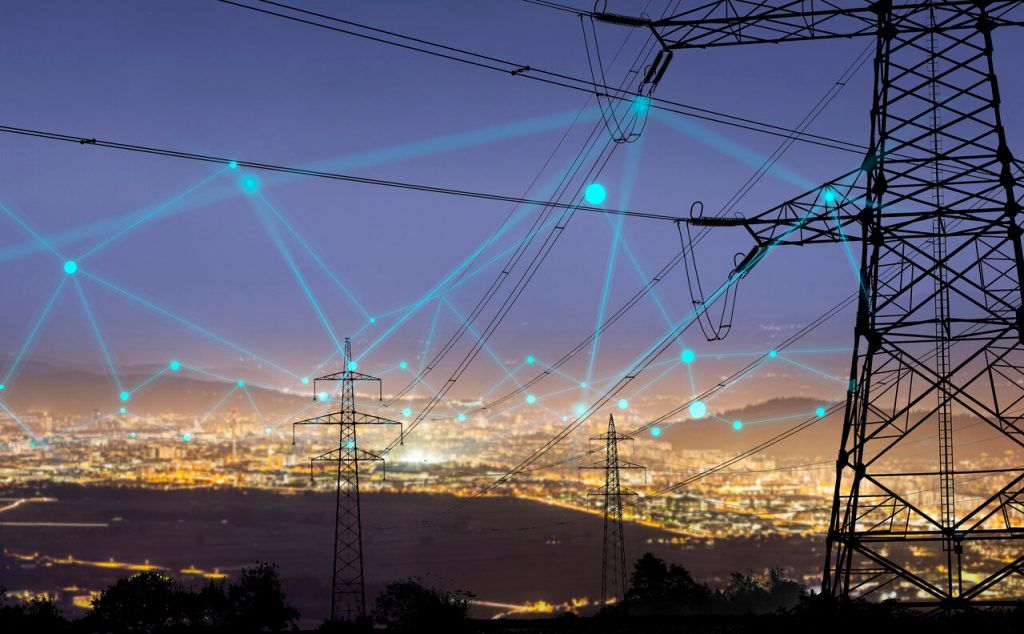New data from Northern Powergrid shows that the number of electric vehicles on the roads of the North East, Yorkshire and northern Lincolnshire could reach five million by 2050.
The company, which is responsible for the electricity distribution network in the region, is sharing data to raise awareness about the latest forecasts for low carbon technology uptake and encouraging anyone with low carbon plans in the area to say if they think its forecasts are accurate based on their own knowledge.
The data is part of the network operator’s annual Distribution Future Energy Scenarios (DFES) and highlights that there could be up to five million electric vehicles on the road across the regions the DNO serve.
The ever-evolving DFES data is central to how Northern Powergrid plans and invests in its network, while also showing the potential pathways that could secure regional net zero carbon by 2050. The data is shaped by the feedback of local stakeholders, enabling the DNO to build a network that reflects the strategic plans and future needs of those contributing to the data, and facilitates regional decarbonisation. Northern Powergrid is now calling upon local authorities, low carbon technology experts, industry leaders and housing and construction developers to review the data behind DFES and share any initiatives or projects that could impact the underlying assumptions.
Focusing on the uptake of key low carbon technologies like electric vehicles (EVs) and heat pumps, and renewable energy generation like rooftop solar PV and onshore wind, the DFES uses this local data to map out regional energy supply and demand over the next 30 years. The data also highlights how emerging technologies like energy storage in the form of batteries, hydrogen production and carbon capture and storage (CCS) are expected to evolve and mature. This, in turn, supports Northern Powergrid as the operator of the electricity network, to invest appropriately in infrastructure that will help accelerate decarbonisation.
In Leeds for example, the DFES data indicates that there could be 520,000 electric vehicles on the roads by 2050, and 310,000 heat pumps warming houses and businesses. This growth of low carbon technology will require new and different amounts of power to keep houses warm and vehicles charged. The DFES data can support Northern Powergrid to plan a system with the capacity to enable this future.
Jim Cardwell, Northern Powergrid’s Head of Policy Development, said: “The value of this data cannot be underestimated. As a regional enabler of decarbonisation we need to know when and where to expect rapid uptake of low carbon technology and renewable energy to plan our network accordingly. Millions of homes and businesses over the next decade will be decarbonising and green policies like the petrol and diesel vehicle ban and heat pump rollout will accelerate this process.
“We need to make sure that the network is ready to facilitate a smooth transition to net zero for the people we serve and accurate DFES data will be a key planning tool. This is why we are asking anyone with low carbon plans to come forward and share this information. By ensuring our data and forecasts are informed by our stakeholders, we can help better plan your pathway to net zero.”
The DFES traditionally reflects the four national future energy scenarios (FES) that are defined by National Grid, using regional data to give a local interpretation of the national pathways to net zero. This year however, the regional data pointed to a fifth scenario unique to the North East, Yorkshire and northern Lincolnshire. Northern Powergrid’s ‘Net Zero Early’ scenario demonstrates an acceleration of decarbonisation in the region and pioneers a pathway that could see net zero secured ahead of the national 2050 target. The scenario is also providing the foundations for the DNOs upcoming business plan for the next regulatory price period (2023-2028), with the evolving ‘Planning Scenario’ proving testament to decarbonisation efforts across the region.
Mary Black, Specialist Electricity Distribution Engineer at Northern Powergrid, said: “The fifth DFES scenario and subsequent ‘Planning Scenario’ are exciting for us this year and highlight that we can go above and beyond the national average to really drive decarbonisation in the region.
“Collaboration with our stakeholders will now be key. All of our data is open and accessible and available via ODI Leeds as we want to encourage public engagement with the numbers, particularly as we see our future business needs evolve from the ‘Planning Scenario’. We hope that this open data will support proactive and open dialogue and encourage our partners and stakeholders to share their views and plans for the coming months and years.”
Northern Powergrid has worked in close collaboration with partners from Element Energy, the Open Data Institute (ODI) Leeds and Data Mill North to collect, analyse and visualise the data. It can be found on the ODI Leeds website as a time-lapsed geospatial view and can be viewed at a local authority level, or by primary substations.
Images courtesy of Northern Powergrid and Shutterstock.









